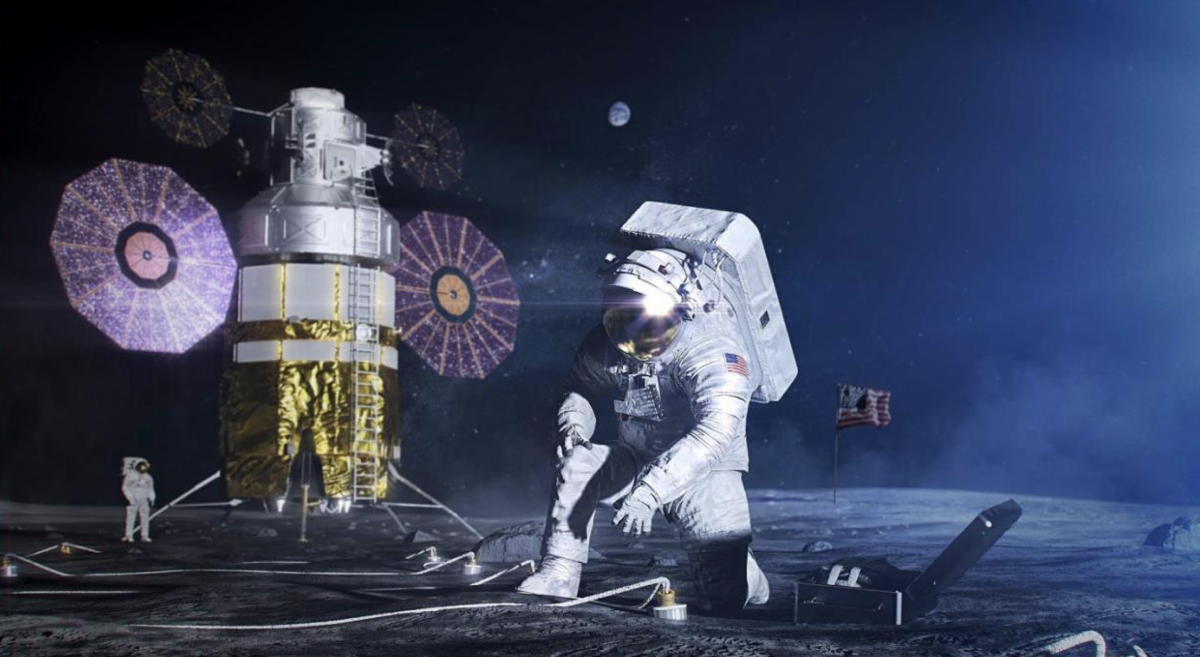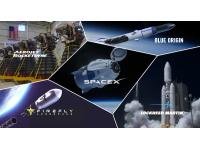Interplanetary exploration, the daring journey into the vast expanse of our solar system, has been a relentless pursuit of understanding the celestial bodies that share our cosmic neighborhood. Through the decades, various space agencies, led by NASA and other international partners, have launched a multitude of missions aimed at unraveling the mysteries of distant planets. This article delves into the essence of interplanetary exploration, its historical significance, key missions, and the scientific discoveries that have expanded our cosmic understanding.

Historical Significance:
The roots of interplanetary exploration can be traced back to the Space Race era of the mid-20th century when both the United States and the Soviet Union competed to achieve unprecedented feats in space. The successful launch of Sputnik 1 in 1957 marked the beginning of this era, and subsequent missions paved the way for ambitious interplanetary endeavors.
Key Objectives of Interplanetary Exploration:
-
Understanding Planetary Composition: Interplanetary missions aim to study the geological and atmospheric compositions of other planets. This includes analyzing surface features, atmospheric conditions, and the presence of any potential signs of life.

-
Probing Planetary Atmospheres: Spacecraft are equipped with instruments to analyze the atmospheres of target planets, providing insights into their chemical makeup, weather patterns, and climatic variations.
-
Investigating Moons and Satellites: Many interplanetary missions explore the moons and satellites of target planets, uncovering their origins, surface conditions, and potential for hosting extraterrestrial life.
Key Interplanetary Exploration Missions:
-
Mariner Program (1962-1973): Launched by NASA, the Mariner Program sent robotic spacecraft to explore Venus, Mars, and Mercury, providing crucial data on their atmospheres and surface conditions.
-
Viking Program (1975): The Viking missions, comprising two spacecraft, landed on Mars and conducted experiments to search for signs of past or present life on the Red Planet.

-
Galileo (1989-2003): Galileo explored Jupiter and its moons, making significant discoveries such as the presence of a magnetic field around Europa and the volcanic activity on Io.
-
Cassini-Huygens (1997-2017): A joint mission by NASA and the European Space Agency, Cassini-Huygens extensively studied Saturn and its moons, including the iconic rings and the enigmatic Titan.
-
Mars Rovers (Spirit, Opportunity, Curiosity, Perseverance): These robotic vehicles explored the Martian surface, analyzing soil composition, searching for evidence of water, and assessing the planet's potential habitability.
Scientific Discoveries and Contributions:
Interplanetary exploration has yielded a wealth of scientific knowledge, including:
- Confirmation of water ice on Mars.
- Revelation of the complex and dynamic atmospheres of gas giants like Jupiter and Saturn.
- Identification of potential habitable environments on moons such as Europa and Enceladus.

Conclusion:
Interplanetary exploration stands at the forefront of scientific discovery, continuously pushing the boundaries of our understanding of the solar system. As technology advances and new missions are planned, the quest to unlock the secrets of distant planets and celestial bodies remains an integral part of humanity's exploration of the cosmos, paving the way for future discoveries and the potential for answering age-old questions about the origins of our solar system and the potential for life beyond Earth.







